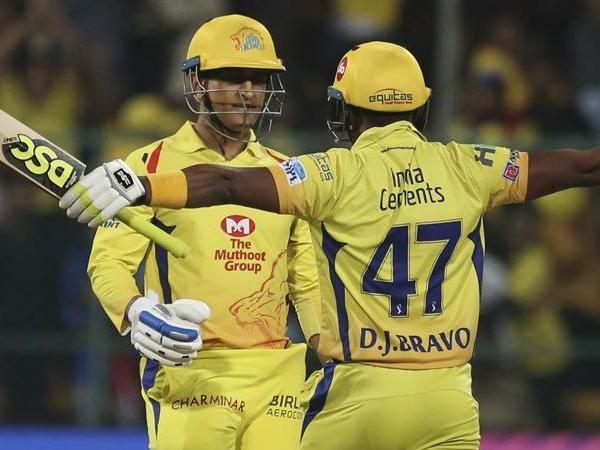When umpire Anil Chaudhary changed his decision from a no-ball to a wide, during the very tense moment in Match 51 of IPL 2021 between Delhi Capitals and Chennai Super Kings, it was one of the many occasions that an umpire’s decision was scrutinized for all the wrong reasons. CSK’s Dwayne Bravo had six runs to defend in the final over of the match against DC and he started will a wide delivery, which did not even land on the pitch. DC batters scampered for a run as the ball, out of reach of the keeper MS Dhoni, rolled towards a short third man. Chaudhary initially signaled it as a no-ball – correct decision as per MCC Law’s of Cricket- but after a consultation with the TV umpire the on-field umpire changed his decision to a wide. DC ended up earning two runs without losing a delivery. However, if the original decision was upheld, DC would have also got a free-hit to boot.
Former Indian captain Sunil Gavaskar, now part of the commentary team, was not amused by this and questioned Choundahry for his change of decision.
“That was clearly a no-ball. We’ve had a couple of decisions from TV umpires, which in these circumstances can make the difference between winning and losing, and that shouldn’t happen,” said Gavaskar while commenting on air during the match. He also went on to say that such decisions could very well impact the outcome of the match and it was a good thing that DC eventually won the game. “These kinds of decisions should not change the game. It’s a good thing Delhi won because that could have changed the game,” Gavaskar added.
The MCC’s Law of Cricket states: 21.7 Ball bouncing more than once, rolling along the ground or pitching off the pitch
The umpire shall call and signal No ball if a ball which he/she considers to have been delivered, without having previously touched bat or person of the striker,
– bounces more than once or rolls along the ground before it reaches the popping crease
or
– pitches wholly or partially off the pitch as defined in Law 6.1 (Area of pitch) before it reaches the line of the striker’s wicket. When a non-turf pitch is being used, this will apply to any ball that wholly or partially pitches off the artificial surface.







